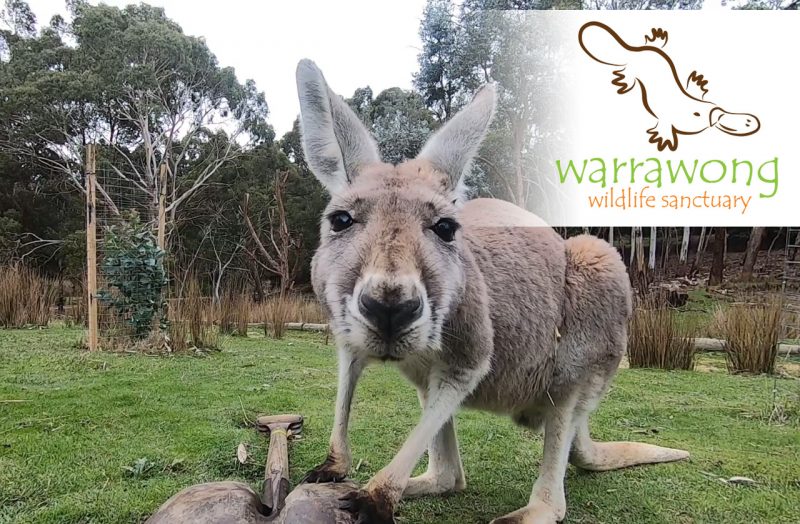
It goes without saying that a penguin won’t survive in a desert, and a snake won’t survive north of the Arctic circle. All living creatures are suited to a particular habitat with a specific set of environmental requirements. The same basis applies to plant species selection for your revegetation project.
Image source: The vegetation types displayed above are an amalgamation of the Major Vegetation Groups identified within Australia’s Native Vegetation: A summary of Australia’s Major Vegetation Groups, Commonwealth of Australia (2007).
When choosing plant species, it’s best to base your selections on their required habitat. One of the most dependable ways to determine what to plant is to look back at the historical vegetation associations of your site. In Australia, you can refer to pre-European settlement vegetation associations. These are detailed outlines of what vegetation existed before European settlement, and therefore provide a reasonable basis for deciding on what to plant. If a plant grew before European settlers cleared the land, the chances are relatively good it will thrive there again!
It’s eye-opening to compare what vegetation existed before European settlement with what has been cleared and presently remains! The maps below illustrate the extent of vegetation clearing since 1750.
You can find information on pre-European settlement vegetation associations on a national level in the National Vegetation Information System (NVIS). The NVIS is “developed and maintained by all Australian State governments to provide a national picture that captures and explains the broad diversity of our native vegetation, classified into Major Vegetation Groups (MVGs)”1.
There are 25 identified MVGs, and the NVIS provides an excellent series of fact sheets regarding these MVGs. These fact sheets provide us with a historical picture of what vegetation grew where, with information about the structure, locations, indicative flora and environment of these groups.
Image: Native Australian coastal vegetation – Bass Strait.
State authorities often provide even more localised vegetation association profiles, including online GIS databases with vegetation associations search-able by location. A few examples of these include:
South Australia: NatureMaps
Victoria: NatureKit 2.0
Queensland: Biomaps
In addition, many text databases exist to profile specific species information, including photographs of the plants. These are generally search-able by location to provide more helpful advice on what will grow in your area. A few examples of these include:
South Australia:
Botanic Gardens of South Australia: Plant Selector
Natural Resources (Adelaide & Mt Lofty Ranges): Plant Selector
New South Wales:
NSW Flora Online
Victoria:
VicFlora
Western Australia:
Florabase
Northern Territory:
FloraNT
It’s also important to consider what provenance your plants come from, in other words, the geographic source of a species. For example, a person living in Northern Russia will have a different genetic makeup than a South Australian, yet they are both the same species. In the same way, plants also have genetic diversity within the same species.
Local provenance plants are generally best suited for revegetation, which means sourcing seeds from sites near the final planting site. The exception to this is when a specific genetic diversity is required, or your site conditions are significantly different from the site’s original state. For example, site conditions may have been adversely affected by agriculture, land clearing or salinity. As a result, reconstruction of the original site may need to be a staged process and include some genetic diversity to allow for these conditions.
The above information is freely obtainable and made available in many different formats by numerous Landcare or environmental groups. Some provide excellent localised maps, such as this map of the Adelaide Hills which is a useful native vegetation planting guide.
When you’re ready to purchase your plants, the Australian Native Plants Society of Australia (ANPSA) is a great place to start! They have a comprehensive list of nurseries that sell to the public in each state of Australia. Landscape boards or your local Landcare group will also be able to point you in the right direction.
We will examine why competition isn’t always healthy in our next blog post and review weed control in a revegetation site.
If you have any questions relating to the planning stage of your revegetation project, feel free to reach out to our team. Please email us at info@arborgreen.com.au.
South Australia
18 Follett Close
Mount Barker SA 5251
New South Wales
14 Rennie Street,
Wetherill Park, NSW 2164
Victoria
56-60 Woodlands Drive,
Braeside, VIC 3195
Phone 1300 760 642
Prompt Australia-wide Delivery
Free* freight on all orders over $400+gst to anywhere in Australia
*excludes bulky items